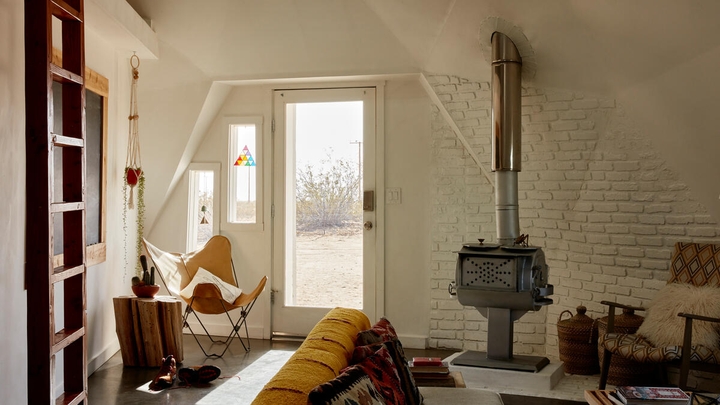Writing an effective listing description
Writing a thorough description of your place is one of the best ways to set expectations and attract bookings. Let guests know exactly what they’ll find when they arrive.
Write your listing description
There are more than 7 million homes on Airbnb. Use the Listing description section to describe what’s unique about yours.
- Keep it brief. Guests often scan listing descriptions for key features. Lead with what’s most important, and avoid duplicating information that appears in other parts of your listing, like your full list of amenities.
Tell the story of your space. Be specific about the experience you’re offering guests. A modest room in the city centre can be “a perfect base for exploring the city”. A top-floor apartment surrounded by trees can “feel like you’re in a treehouse”.
Focus on special features. Explain what sets your place apart, highlighting the top amenities guests want. Read other listing descriptions and reviews for inspiration, and to learn what types of information guests appreciate.
Be realistic. Overselling or exaggerating can lead to disappointment and negative reviews. Be upfront about aspects of your property that could pose a challenge for some guests, including people with limited mobility or children.
Fill out all other sections
Use the remaining sections to help guests understand what it’s like staying in your space.
- Your property. Write a general description of your rooms and spaces, emphasising fun yet practical details guests might want to know. For example, “The back garden is fenced in, with space for kids and pets to run around”.
- Guest access. Let guests know which parts of the space they can use. For example, “Guests can access a patio that’s shared with the main house”.
- Interaction with guests. Select your in-person interaction preference to set expectations. The options range from spending time with guests to communicating through the app.
- Other details to note. Include anything else you’d like guests to know that isn’t listed elsewhere. For example, “The house is a 10-minute walk from the city centre”.
Information contained in this article may have changed since publication.
